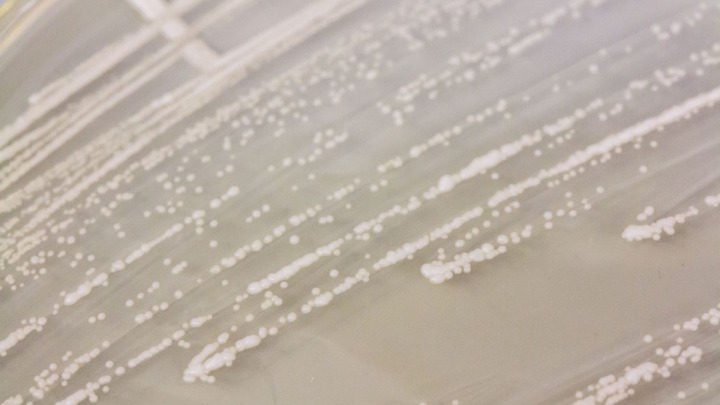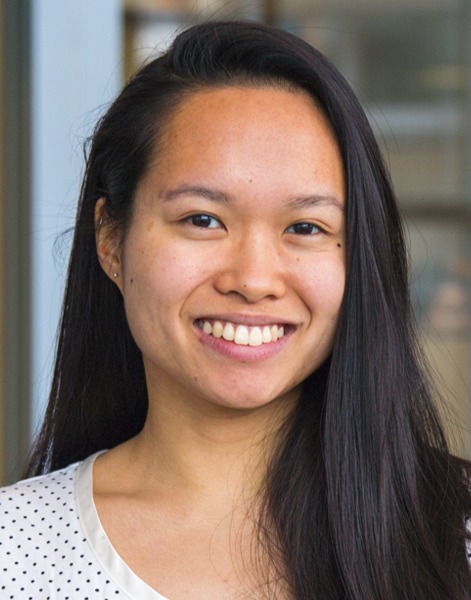
Figuring out how motor proteins know where to drop off their cargo
For complex life as we know it to happen, organelles need to get to the right place inside a cell, and at the right time.
Molecular motors inside of cells bind to these cargos and transport them to where they need to go, like a bus driver picking up and dropping off passengers along a precise route.
The lab of University of Michigan Life Sciences Institute faculty member Lois Weisman, Ph.D., has long been investigating the underpinnings and regulation of this vital cellular process using yeast as a model organism.
A new study, just out in the Journal of Cell Biology, sheds new light on how the motor protein myosin V knows where to release a yeast vacuole, when transporting it from the mother cell into a new bud.
Given the high degree of evolutionary overlap between the cellular mechanisms in yeast and in more complex organisms, like mammals, the findings may provide new insights into how the same type of motor proteins figure out where to deposit their cargos in human health contexts. Dysregulation of this process has been linked to neurological and immunological disorders, as well as pigmentation diseases.

“It’s kind of amazing,” says co-lead author Sara Wong, a graduate student and member of the Weisman lab. “The language we use tends to anthropomorphize the process, yet these proteins and cellular components are able to accomplish these very intricate, precise operations. Our research has focused on understanding how all of the different players involved interact with and affect each other.”
The study demonstrated that the arrival of the vacuole at the far edge of the yeast bud’s inside wall — known as the bud cortex — serves as a landmark that signals a successful transport. It’s there that a kinase called Cla4 initiates the separation of the motor protein from its payload, the researchers found.
“When we began these studies, we assumed the initiation step — the correct attachment of motor to cargo would be the main control point,” says Richard G. Yau, Ph.D., the study’s other lead author and a postdoctoral fellow at the University of California, Berkeley, who performed the research as part of his Ph.D. thesis. “So, this finding that the uncoupling of the cargo is another major control point was surprising.”
Go to Article
Spatial regulation of organelle release from myosin V transport by p21-activated kinases, Journal of Cell Biology. DOI: 10.1083/jcb.201607020


